Which Combining Form Means Plaque Or Fatty Substance

The clogging of arteries, a silent threat, often begins with the accumulation of insidious deposits. These deposits, known as plaque, are primarily composed of fatty substances and cholesterol, gradually narrowing the vital pathways that carry blood throughout the body. Understanding the terminology used to describe these substances is crucial for effective communication and comprehension within the medical community and for public health literacy.
This article delves into the specific combining form used in medical terminology to denote plaque or fatty substance. It explores its origins, usage in various medical terms, and its significance in understanding cardiovascular health. By clarifying this essential element of medical vocabulary, we aim to empower readers to better understand their health and engage in informed discussions with healthcare professionals.
The Key Combining Form: Ather/o
The combining form that signifies plaque or fatty substance is ather/o. This root is derived from the Greek word "athere," meaning gruel or porridge. The term aptly describes the pasty, fatty consistency of the plaque that accumulates within arterial walls.
The combining form ather/o is used in the formation of several important medical terms related to cardiovascular disease. Understanding these terms is critical for grasping the underlying mechanisms of atherosclerosis and related conditions.
Common Medical Terms Using Ather/o
One of the most prevalent and crucial terms is atherosclerosis. This term combines ather/o (plaque or fatty substance) with sclerosis (hardening). Thus, atherosclerosis literally means the hardening of the arteries due to the accumulation of fatty plaque.
Atherosclerosis is a progressive disease characterized by the buildup of plaque within the arteries. This buildup narrows the arteries, restricting blood flow and increasing the risk of heart attack, stroke, and peripheral artery disease. According to the American Heart Association, atherosclerosis is a leading cause of death and disability worldwide.
Another related term is atheroma. An atheroma refers to a mass of plaque or fatty deposit within the arterial wall. Atheromas can vary in size and composition, and their presence contributes to the overall narrowing and hardening of the arteries.
The rupture of an atheroma can trigger the formation of a blood clot, further obstructing blood flow. This event can lead to acute ischemic events such as heart attack or stroke. Identifying and managing atheromas is a key aspect of cardiovascular disease prevention and treatment.
Atherogenesis is the term used to describe the process of plaque formation in the arteries. This complex process involves the interaction of various factors, including elevated cholesterol levels, inflammation, and endothelial dysfunction.
Understanding atherogenesis is crucial for developing strategies to prevent or slow the progression of atherosclerosis. Lifestyle modifications, such as diet and exercise, and pharmacological interventions can play a significant role in modulating atherogenesis.
The Significance of Understanding Medical Terminology
A solid understanding of medical terminology, including combining forms like ather/o, empowers individuals to be more informed about their health. This knowledge facilitates effective communication with healthcare providers and enhances comprehension of medical information.
When patients understand the language used to describe their condition, they are better equipped to participate in shared decision-making. This leads to improved adherence to treatment plans and better overall health outcomes.
Furthermore, public health campaigns that utilize clear and accessible language are more likely to be effective in promoting healthy behaviors. By demystifying medical jargon, we can encourage individuals to take proactive steps to protect their cardiovascular health.
Beyond Ather/o: Related Terms and Concepts
While ather/o specifically refers to plaque or fatty substance, several other terms are relevant to the discussion of cardiovascular disease. Understanding these terms provides a more comprehensive understanding of the disease process.
Lipid refers to a broad category of fats and fat-like substances that are essential for various bodily functions. However, elevated levels of certain lipids, such as cholesterol and triglycerides, can contribute to the formation of plaque.
Cholesterol is a specific type of lipid that plays a critical role in cell membrane structure and hormone synthesis. High levels of low-density lipoprotein (LDL) cholesterol, often referred to as "bad" cholesterol, are a major risk factor for atherosclerosis. According to the Centers for Disease Control and Prevention (CDC), managing cholesterol levels is essential for preventing cardiovascular disease.
Triglycerides are another type of lipid that serve as a major source of energy. Elevated triglyceride levels, particularly in combination with high LDL cholesterol and low high-density lipoprotein (HDL) cholesterol, can increase the risk of atherosclerosis.
The Future of Cardiovascular Health
Ongoing research continues to advance our understanding of atherosclerosis and related conditions. New diagnostic tools and therapeutic strategies are being developed to improve cardiovascular health outcomes.
Early detection of atherosclerosis through non-invasive imaging techniques is becoming increasingly common. These techniques allow for the identification of plaque buildup before significant symptoms develop.
Novel therapies, such as gene editing and targeted drug delivery, hold promise for preventing and treating atherosclerosis. Ultimately, a comprehensive approach that combines lifestyle modifications, pharmacological interventions, and advanced technologies will be essential for combating the global burden of cardiovascular disease.
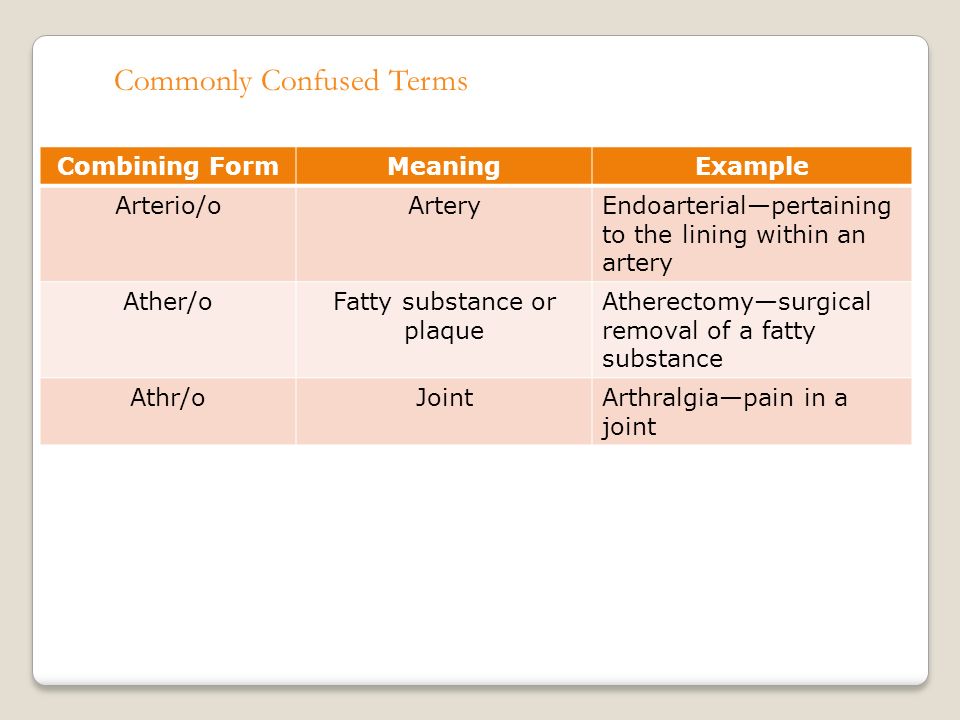

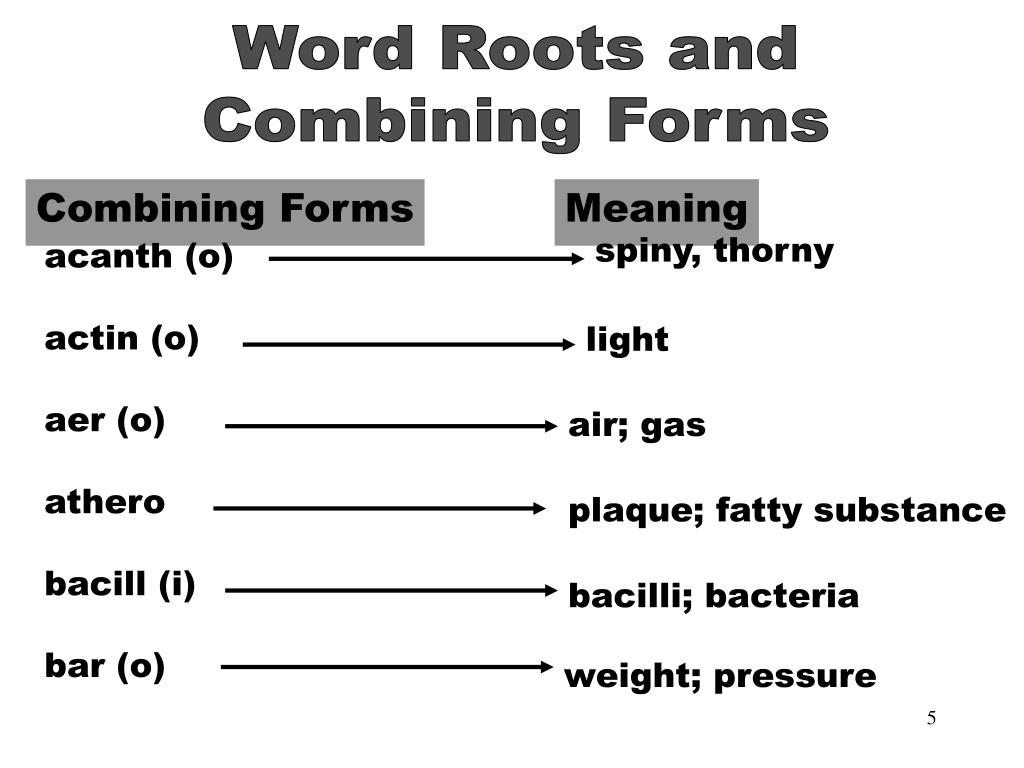


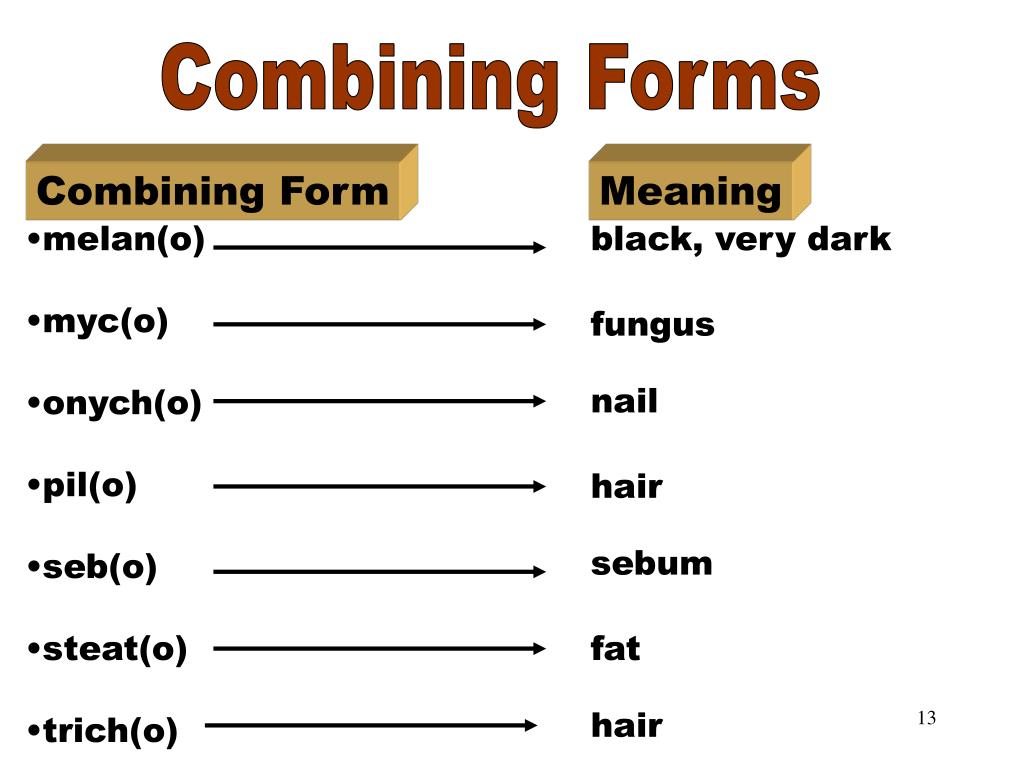
+fatty.jpg)
.jpg)
].jpg)
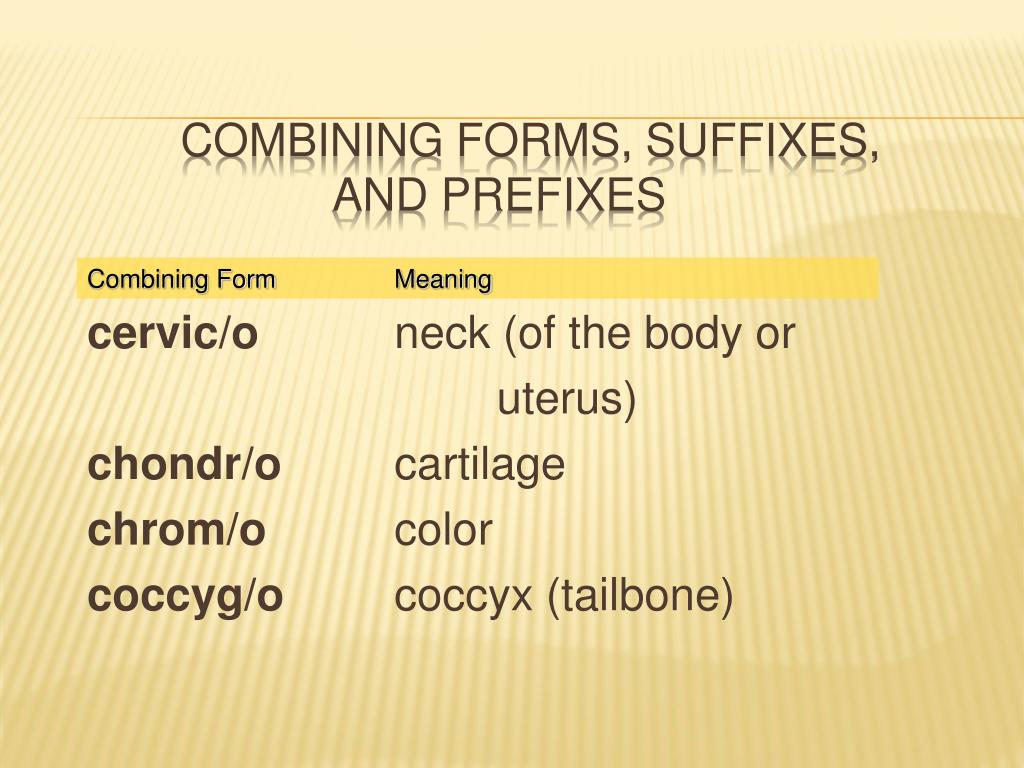
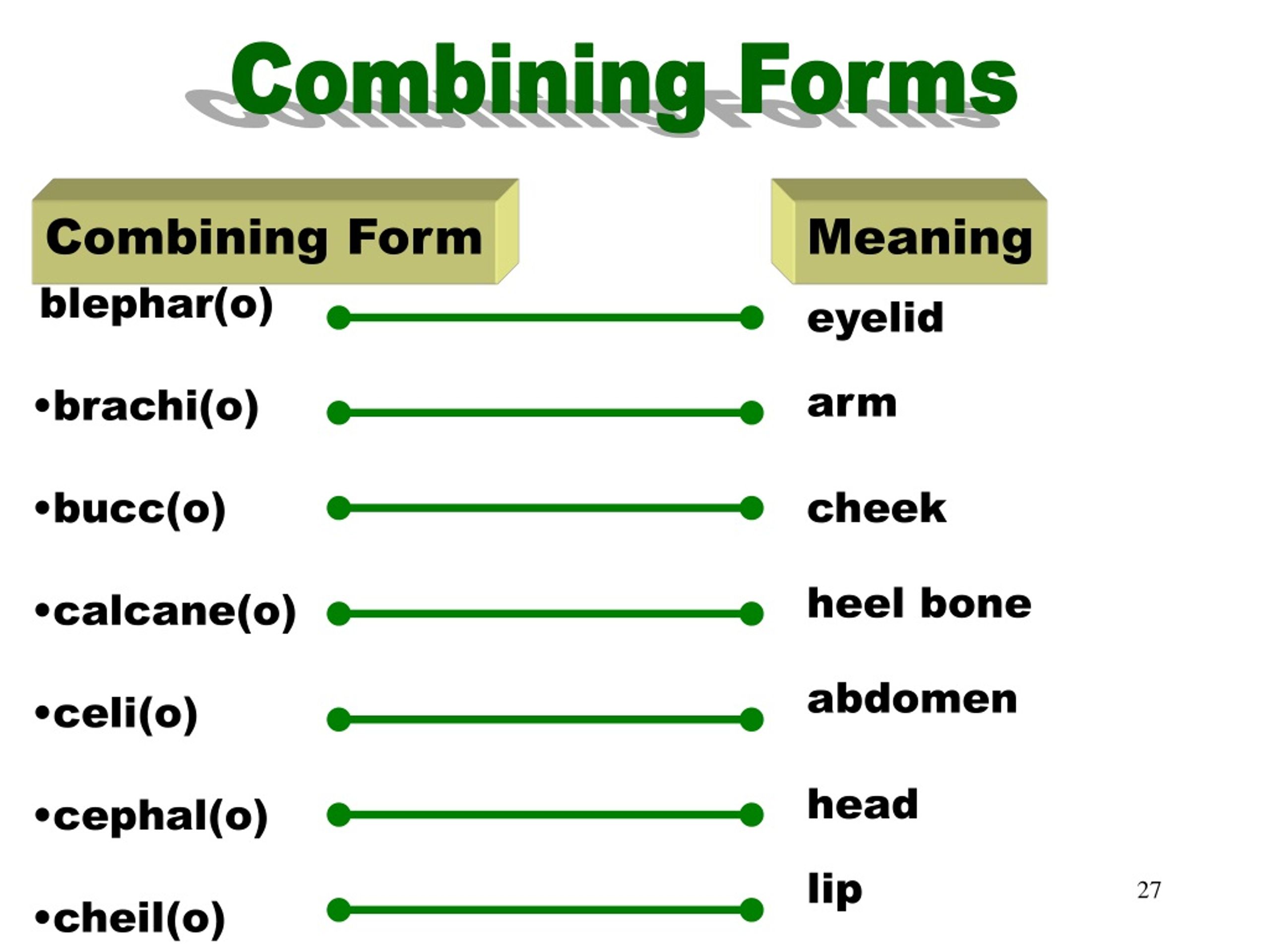
.jpg)
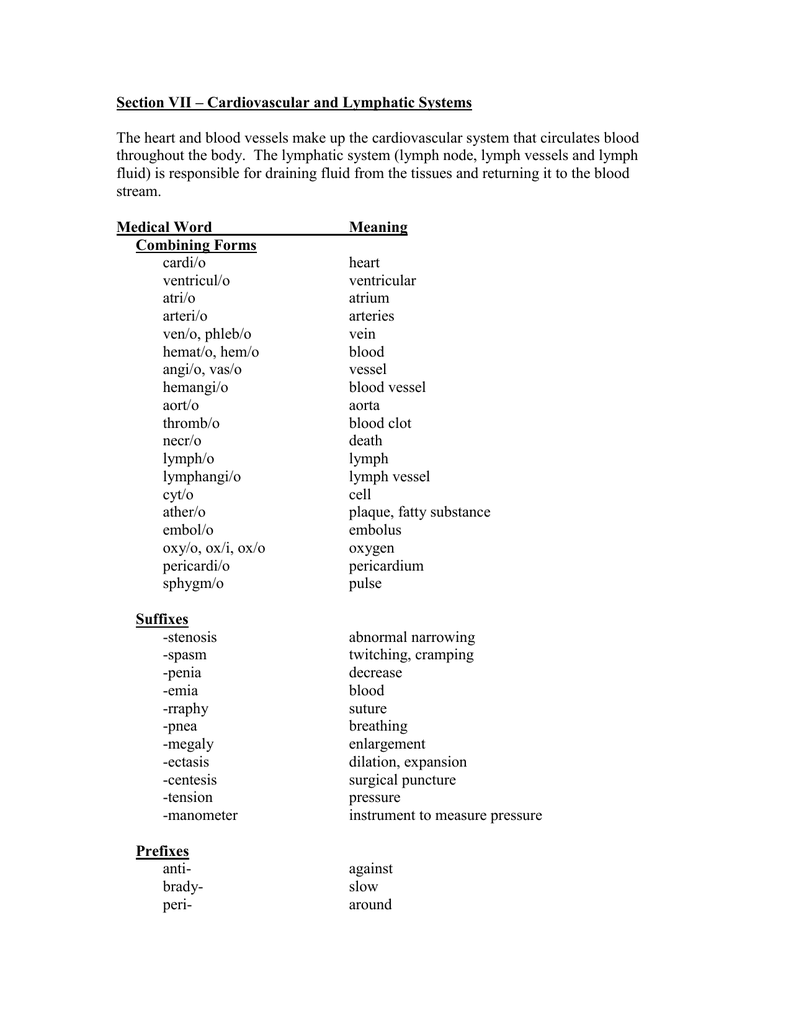

+ox(y).jpg)
+aden(o)+adren(o).jpg)
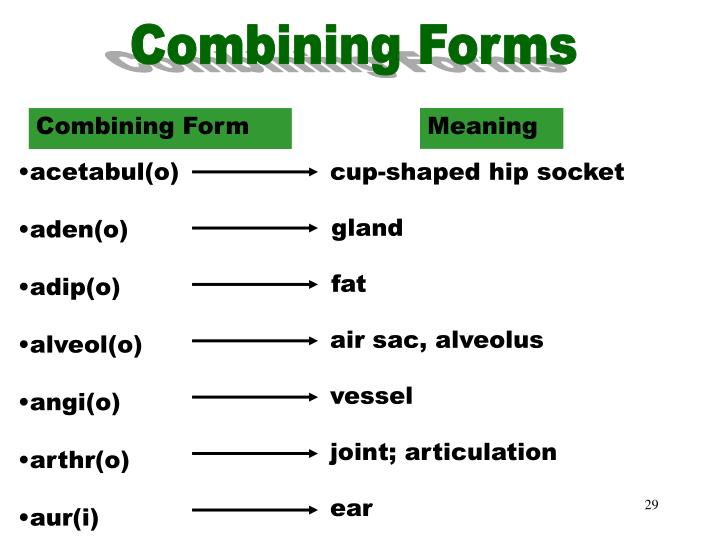
.jpg)
